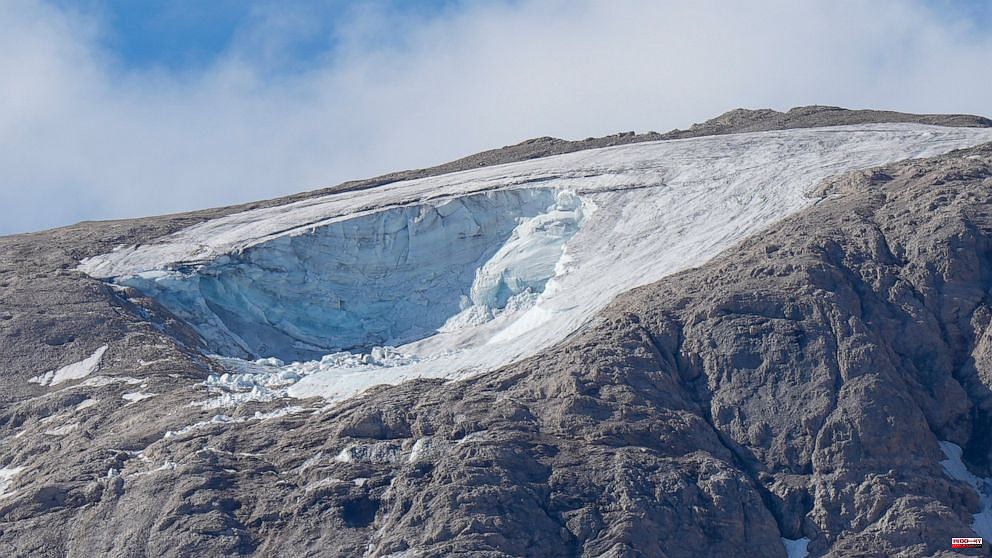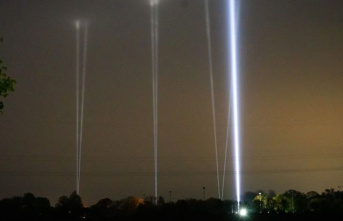CANAZEI (Italy) -- Rescuers using drones resumed Tuesday's search for 13 hikers missing after a strong avalanche in northern Italy. The incident was caused by rising temperatures and melting glaciers.
Although rain had hampered Monday's search, sunshine on Tuesday allowed rescue helicopters to fly more teams to the Marmolada glacier site, east of Bolzano, in the Dolomites mountain chain, as hope dimmed for finding anyone.
A large chunk of the glacier was cut off by Sunday's storm, triggering an avalanche that sent ice, rock, and debris down the mountainside to hikers below. Officials said that at least seven people died and another 13 are still missing.
"We need to be very clear. Finding someone alive with this kind of event is very unlikely, very distant because the mechanical action caused by this type avalanche has very large impacts on people," stated Alex Barattin, of the Alpine Rescue Service.
Nicola Casagli, a geologist at Florence university and an avalanche expert, stated that the glacier collapse had more impact than a snow avalanche on hikers and would have taken them completely off guard.
He said that ice and debris avalanches are unpredictable, impulsive and rapid events. They can also involve large numbers and reach very high speeds. There is no way to escape the danger or see the problem before it happens. You've been already hit.
Associated Press photos taken during a helicopter inspection of the site showed a large hole in the glacier that looked like it had been cut out of blue-gray ice with a giant ice cream scooper.
Rescue crews were still unable to reach the terrain and used drones to search for survivors. Helicopters flew overhead to search for signs of life. Some helicopters also used equipment to detect cellular signals. Two rescuers were still on the scene overnight and were joined Tuesday morning by two more.
Sky TG24's Matteo Gasperini, from the Alpine Rescue service, stated that "we're continuing to work with drones to locate survivors, working in areas we couldn't monitor yesterday." "We will try to complete the monitoring of the entire site."
Premier Mario Draghi visited Canazei's rescue base on Monday. He acknowledged that avalanches can be unpredictable, but said the fate of the disaster "certainly depends upon the deterioration in the climate situation."
Italy is currently experiencing an early summer heatwave and the worst drought in Northern Italy in 70 years. Experts believe that there was a rare amount of snowfall in winter, which exposed the Italian Alps' glaciers to summer heat and melting.
Renato Colucci, from the Institute of Polar Sciences of Italy's Council for National Research (or CNR), stated that "we are therefore in the worst conditions for detachments of this type, when there is so much heat and water running at the bottom." "We don't know if it was deep or superficial, but it looks very large, judging by the information and images we have received."
CNR estimates that Marmolada glacier may disappear completely in 25-30 years, if current climate trends continue. It has lost 30% of its volume since 2004 and 22% of it's area between 2005-2015.
Casagli stated that the Marmolada incident was not typical, but predicted that such destructive avalanches would become more common as global temperatures rise.
He said that the fact that it occurred in a hot summer with unusual temperatures should be a wake up call for people to realize that such phenomena, although rare, are possible. They will only get more common if we don't take action to combat the effects of climate changes.
------
Nicole Winfield reported on Rome.












